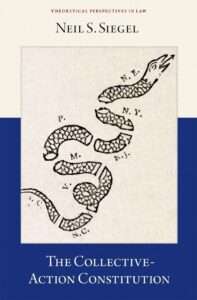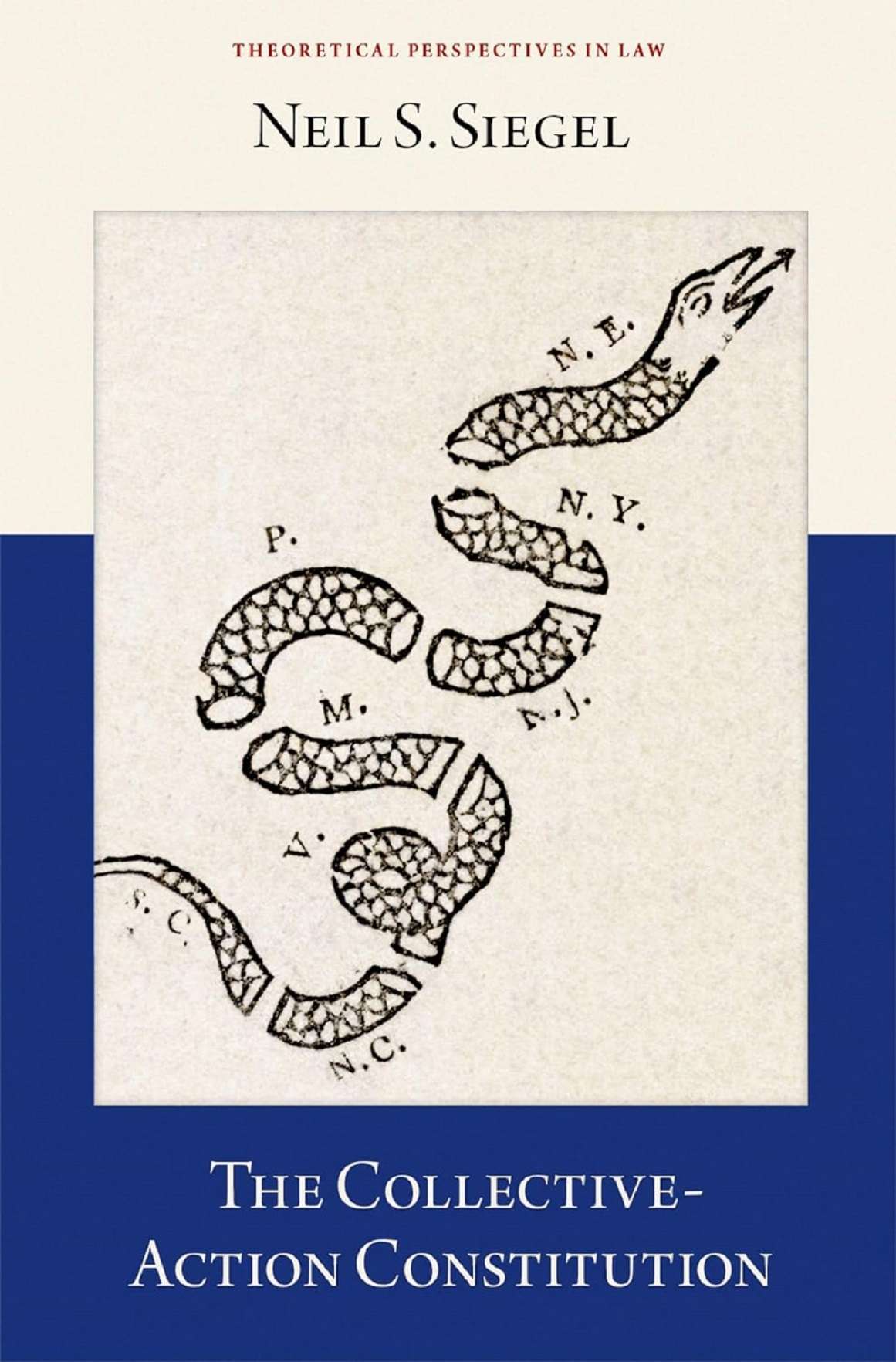
The Collective-Action Constitution is a comprehensive analysis that blends law, history, political science, and economics to provide a deep theory of the U.S. Constitution’s federal structure. The book argues that the primary purpose of the Constitution’s structure is to empower the federal government to address collective-action problems for the states and prevent them from undermining these solutions. Understanding this main structural function is crucial for interpreting the Constitution accurately.
The Constitution was created in response to the inadequacies of its predecessor, the Articles of Confederation, in addressing multistate collective-action problems. These challenges required collective action by the states to fund the national government, regulate commerce, and provide national defense. By granting Congress the authority to solve these problems and establishing a national executive and judiciary, the Constitution aimed to create a more effective federal government.
Today, the U.S. Constitution plays a critical role in addressing various pressing issues such as foreign aggression, terrorism, healthcare access, climate change, and more. While states can address some problems individually, many issues require collective action due to their cross-border nature. However, achieving consensus among states can be challenging, leading to the need for federal intervention.
The book highlights the historical context of the Constitution’s creation, emphasizing the Founders’ recognition of the importance of collective action in overcoming challenges. The establishment of a strong national government with the authority to address interstate issues was a key objective of the Constitutional Convention.
Through a detailed analysis, the book outlines different forms of collective-action problems and how the federal government is uniquely positioned to address them. By internalizing the effects of interstate spillovers and operating through majority rule, Congress can effectively tackle these challenges.
Overall, The Collective-Action Constitution argues that managing collective-action problems is a fundamental function of the Constitution. While it also acknowledges the importance of preserving state regulatory authority and individual liberties, the book contends that resolving collective-action issues should take precedence in constitutional interpretation.





